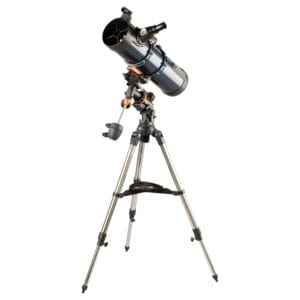Aurora on Mars—it sounds like science fiction, but it recently became reality. In March 2024, NASA’s Perseverance rover captured a unique event: for the first time, an aurora on another planet than Earth was photographed from the surface in visible light. Not ultraviolet or infrared, but a green glow that you could see with the naked eye. What does this discovery mean for future astronauts and our understanding of the solar system?
What Caused the Aurora on Mars?
On March 15, 2024, the sun produced a powerful solar flare, followed by a coronal mass ejection (CME): a massive ejection of electrically charged plasma. These types of events are well-known on Earth: they cause the northern or southern lights when solar particles collide with Earth’s magnetic field.
But Mars has no magnetic field. Yet an aurora was observed there. How is that possible?
The key lies in a different type of aurora: a solar energetic particle (SEP) aurora. In this case, the solar particles interact directly with Mars’ thin atmosphere. The collisions between solar particles and oxygen atoms produced a green glow at a wavelength of 557.7 nanometers—comfortably within the range of human vision.
Why this is Significant
Until now, aurora “s on Mars were only observed from orbit around the planet, for example by NASA” s MAVEN probe. Being able to observe it from the surface is a breakthrough. Thanks to the precision settings of the SuperCam spectrometer and Mastcam-Z camera on the Perseverance rover, the team, including Elise Wright Knutsen (University of Oslo), was able to capture this.
Moreover, this means we can now predict space weather on Mars. According to the researchers, they knew three days in advance that the CME would hit Mars—plenty of time to properly aim the cameras.
What Does this Mean for Future Crewed Missions?
Astronauts who will land on Mars in the future could therefore see this type of aurora with their own eyes. Given favorable conditions—think clear skies and intense solar activity—the Martian sky could become a spectacular show.
But there’s more than aesthetics. Detecting auroras on Mars is crucial for the safety of future Mars travelers. Solar eruptions bring radiation that can be dangerous for humans. If we can predict such events in time, we can better protect astronauts.
The Bigger Picture: Mars as an Observatory
At telescoop.nl, we keep track of international space news weekly. And this kind of news fits perfectly into a trend we’ve been seeing for a while: Mars is not just a destination for exploration, but also a platform for science about the entire solar system. Think of the meteorite impacts being recorded there, the atmosphere being monitored day and night, and now the auroras as well.
The fact that NASA’s Perseverance was able to make this observation proves how powerful and versatile this rover is. Since 2021, it has been investigating the Jezero crater, a place where water once flowed and which might contain traces of ancient life. But at the same time, it’s contributing to our understanding of solar activity and space weather.
And What Can We on Earth Do with this?
For amateur astronomers, this is a fascinating phenomenon. It shows that auroras are not exclusively an Earth phenomenon, but a cosmic process. And that raises new questions. Can we also observe auroras on other planets with thin atmospheres, like Venus? Or even on exoplanets?
Those interested in tracking solar activity and space weather can already do a lot themselves. Consider apps like SpaceWeatherLive, or using special filters to monitor solar eruptions. On our website, you’ll soon find a guide for those who want to predict auroras themselves, both on Earth and elsewhere.








